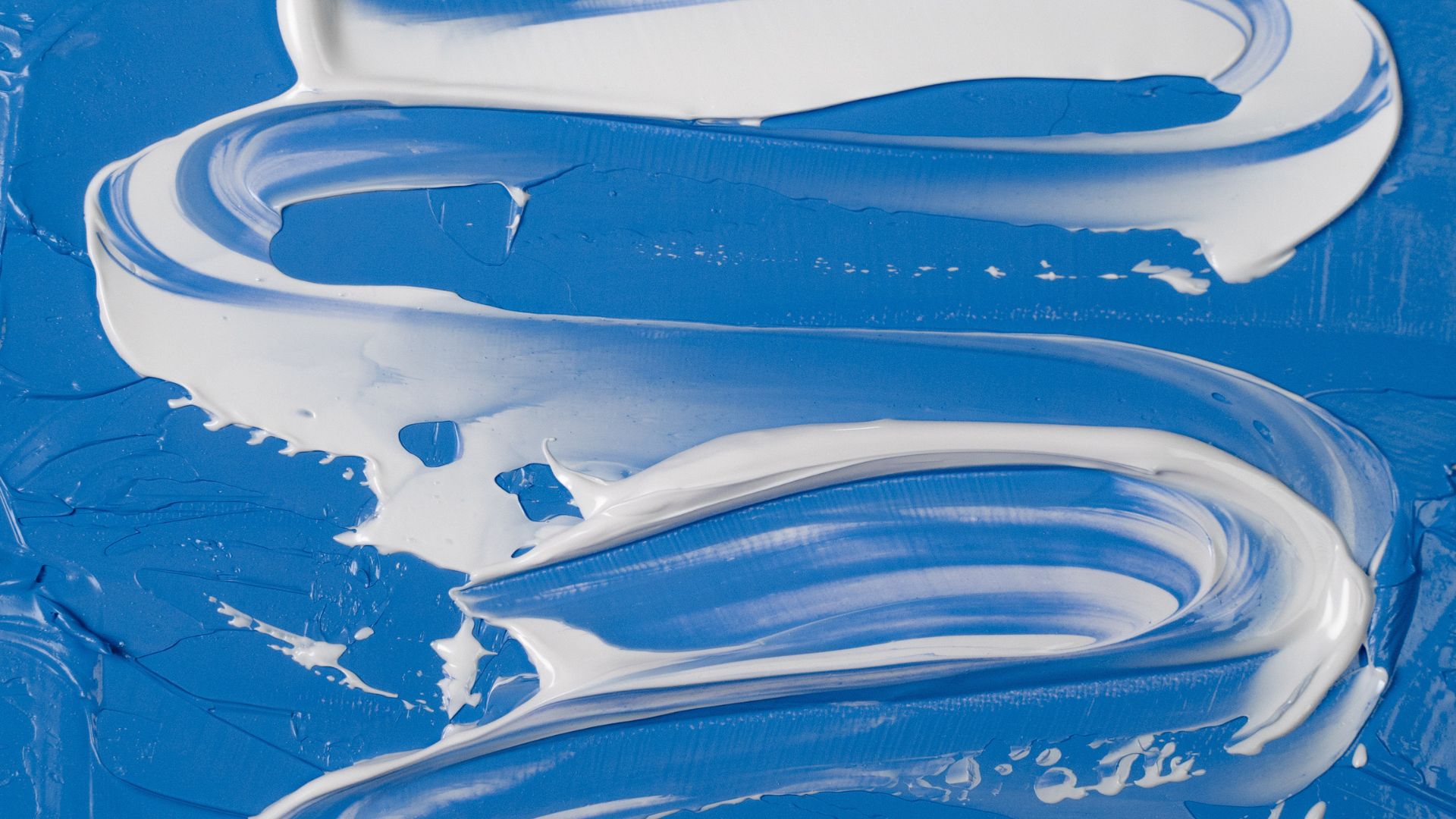When it comes to painting, the canvas serves as an artist’s playground, a surface that captures imagination, creativity, and emotions. While wall paint might not be the traditional choice for canvas art, the question arises: does wall paint on canvas offer the same longevity as other paint types? Let’s explore this intriguing query to help artists make informed choices for their masterpieces.
Understanding Wall Paint Composition
Wall paint, typically used for interior or exterior walls, undergoes formulation to withstand varying environmental conditions. These paints consist of pigments, binders, solvents, and additives, aiming to provide durability against moisture, UV rays, and wear and tear.
Wall Paint on Canvas: Factors to Consider
Pigment Quality and Color Fastness
The longevity of wall paint on canvas largely depends on the quality of pigments used. Some wall paints might contain pigments not designed for prolonged exposure or might fade quicker when exposed to light. However, premium-grade wall paints often boast better color retention and durability.

Surface Preparation
Canvas surfaces differ from walls. Preparing the canvas adequately ensuring it’s clean, primed, and ready to receive the paint greatly impacts the paint’s adherence and longevity. A primer specifically designed for canvas might enhance adhesion and longevity.
Environmental Factors
Unlike a wall in a controlled environment, canvas art might face fluctuating humidity, temperature, and exposure to light. These elements could affect the paint’s integrity over time.
Protective Coatings
Applying a clear protective coating over the wall paint on canvas can safeguard the artwork from environmental elements, potentially prolonging its life.
Longevity Comparison with Other Paint Types
Oil and acrylic paints are the traditional choices for canvas art. These paints are formulated explicitly for artistic use, ensuring color vibrancy, adhesion, and longevity. They’re designed to resist fading and withstand the test of time.
While wall paint can be used on canvas, it might not match the longevity and color vibrancy of paints explicitly manufactured for artistic purposes. Artists seeking lasting and vibrant artwork may prefer traditional art paints for their projects.
So,…
Using wall paint on canvas is an unconventional approach that offers a unique avenue for artistic expression. However, for artists prioritizing longevity and color vibrancy, traditional art paints like oil and acrylic remain the more reliable choice.
Ensuring the longevity of wall paint on canvas involves using high-quality paints, proper surface preparation, protective coatings, and understanding the potential impact of environmental factors. While wall paint can create compelling art, it might not match the durability and color retention of paints designed explicitly for artistic use.
Artistic experimentation can lead to remarkable discoveries. Yet, for timeless pieces intended to endure, investing in quality art materials tailored for canvas might be the wisest choice.
External Links for Further Reading:
- The Differences Between Wall Paint and Artist’s Paint
- Tips for Longevity of Paintings on Canvas
- Understanding Paint Composition
Art is an exploration experiment, create, and revel in the beauty of your imagination. If you’re considering using wall paint on canvas, don’t hesitate to unleash your creativity while being mindful of the factors that could impact your artwork’s longevity.
Let’s delve further into this fascinating topic.
Tips for Enhancing Wall Paint Longevity on Canvas
Selecting the Right Wall Paint
Opt for high-quality wall paints known for durability and color retention. Look for paints with UV-resistant properties or those labeled for exterior use, as they might offer better protection against light exposure.
Surface Preparation
Prepare your canvas diligently. Clean the surface thoroughly, ensure it’s free from dust and debris, and apply a primer compatible with both the canvas and the wall paint. Primers designed for multi-surface use might aid in better paint adhesion.
Testing and Experimentation
Before committing to a larger project, conduct small-scale tests. Paint a small section of the canvas with the wall paint, expose it to various conditions, and observe how it fares over time. This experimentation can provide valuable insights into the paint’s longevity.
Protective Measures
Consider applying a varnish or sealant specifically formulated for wall paint on canvas. This additional layer acts as a shield against environmental factors, potentially extending the artwork’s lifespan.
Display and Conservation
Where and how you display your wall paint on canvas can significantly impact its longevity. Avoid direct sunlight and high humidity areas, as these can accelerate color fading and damage the canvas. Frame your artwork behind UV-protective glass if possible.
The Artistic Journey: Balancing Creativity and Longevity
Artistry often involves a balance between experimentation and preservation. While wall paint on canvas can yield captivating results, artists should weigh the creative freedom against the potential trade-offs in longevity.
Embracing Creative Freedom
The allure of wall paint lies in its versatility and accessibility. Artists can explore a spectrum of colors, textures, and effects, pushing the boundaries of traditional canvas art.
Embracing Traditional Paints
Traditional art paints like acrylics and oils boast a proven track record for canvas longevity. Their formulation caters specifically to artistic needs, ensuring lasting vibrancy and resilience.
Final Thoughts
Utilizing wall paint on canvas can be an intriguing artistic experiment, offering a unique avenue for expression. Yet, when prioritizing longevity and color vibrancy, traditional art paints formulated for canvas might be the more reliable choice.
Artists should embrace experimentation while being mindful of the factors influencing their artwork’s durability. Through a blend of creativity, careful preparation, and protective measures, artists can create captivating pieces that stand the test of time.
Every stroke on the canvas tells a story, and whether with wall paint or traditional art paints, your creativity knows no bounds.
External Links for Further Reading:
- Tips for Longevity of Paintings on Canvas
- Understanding Paint Composition
- Choosing the Right Paint for Your Artwork
The artistic journey is about exploration and discovery. Whether you’re experimenting with wall paint or opting for traditional art paints, cherish the process, celebrate your creativity, and let your artwork shine.
Comparison tabular
| Aspect | Wall Paint on Canvas | Traditional Art Paints (Oil/Acrylic) |
|---|---|---|
| Composition | Formulated for wall surfaces, not exclusively for canvas | Specifically designed for artistic use on various surfaces |
| Pigment Quality | Quality varies; may contain pigments less colorfast | High-quality pigments engineered for color vibrancy and longevity |
| Surface Preparation | Requires thorough canvas preparation for optimal adhesion | Direct application with minimal surface preparation |
| Environmental Resistance | Not specifically engineered for prolonged exposure on canvas | Engineered for durability against light, moisture, and wear |
| Longevity | May exhibit faster color fading and less durability over time | Known for color retention and durability over extended periods |
| Protective Coatings | Additional protective coatings may be necessary for longevity | May require fewer additional protective measures |
Please note that while wall paint can be used on canvas for artistic purposes, it might not match the performance of paints explicitly manufactured for artistic use on canvas surfaces. Artists should consider these distinctions when deciding which type of paint to use for their projects.
Wrapping up
In the vibrant world of art, choices abound, each brushstroke a narrative, each canvas a testament to creativity. When contemplating the use of wall paint on canvas versus traditional art paints, the decision ultimately rests on your artistic vision and priorities.
While wall paint offers accessibility and versatility, traditional art paints like oils and acrylics stand as stalwarts of longevity and color vibrancy on canvas. Artists balancing experimentation and preservation can find inspiration in both avenues.
Remember, art is a journey be it with wall paint or traditional art paints. Embrace the freedom to explore, experiment, and innovate while cherishing the essence of creation. Your canvas, your vision, and your artistic journey await, painted with the hues of imagination and creativity.

For over a decade, I’ve been Mike, an artist, crafter, and designer deeply immersed in the Croc world. I thrive on crafting unique, size-inclusive patterns, fostering creativity, and sharing them on ktforum.com. My designs aim to ignite your creative spark and delight you, ensuring clarity and ease of use through rigorous testing. Join me in expressing your creative flair and showcasing your craft with joy.
Related Posts
- Does Wall Paint on Canvas Crack or Peel Over Time? Understanding Longevity
Painting on canvas isn't just reserved for artists wielding brushes; it's become a popular DIY…
- Should You Sand a Canvas Before Painting it with Wall Paint
When it comes to using wall paint on canvas, the question of sanding often arises.…
- Can You Paint Over Existing Wall Paint on Canvas
If you're an aspiring artist or someone enthusiastic about trying their hand at painting, you…
- Testing Wall Paint on Canvas: A Smart Approach to Your Painting Project
When it comes to transforming a canvas into a masterpiece, choosing the right paint is…

